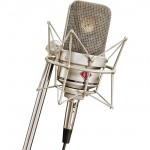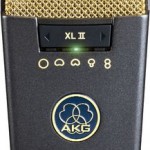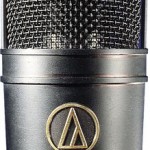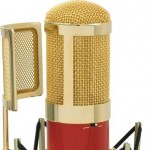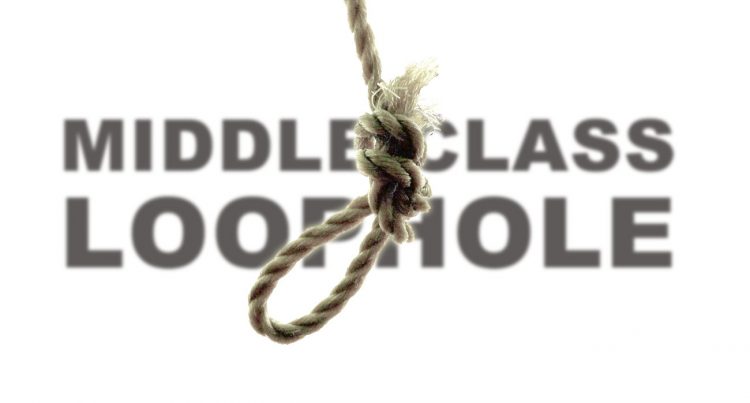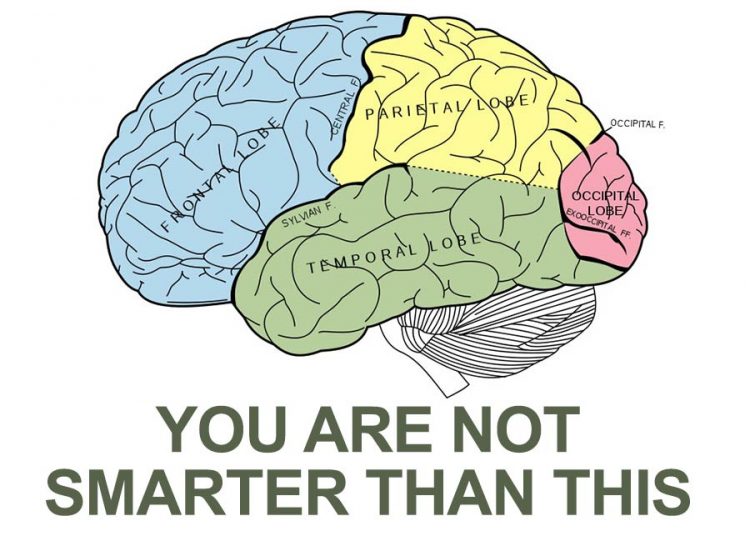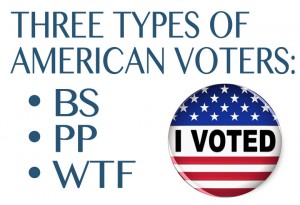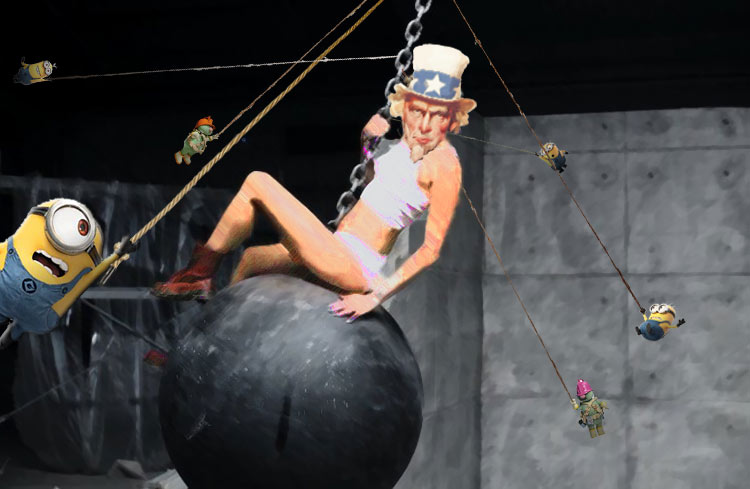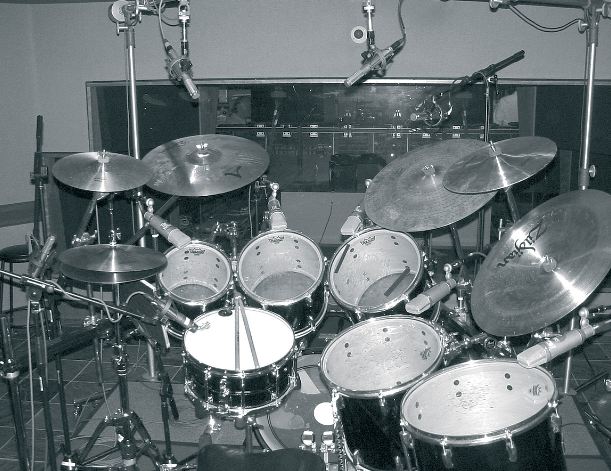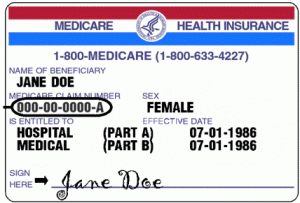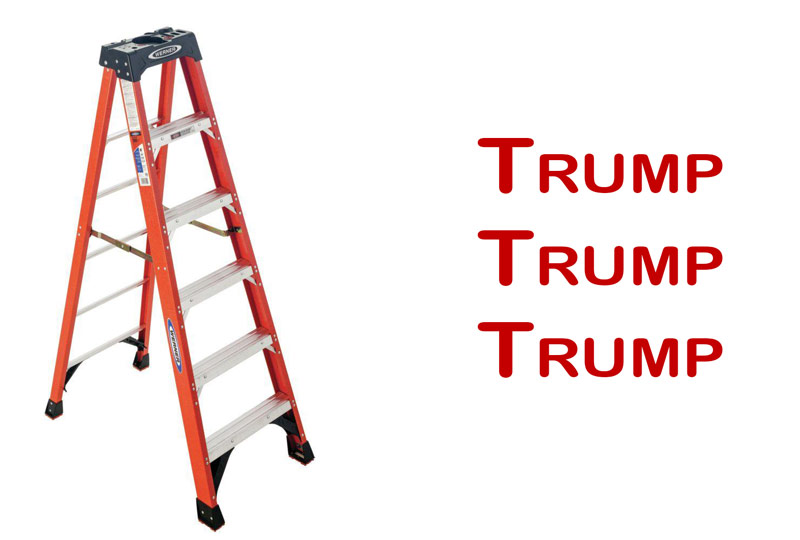What mic should I buy?
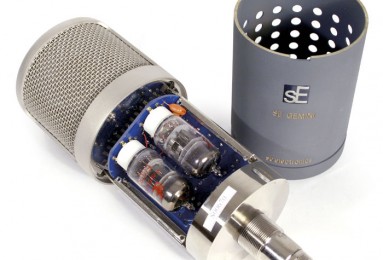
Buying and comparing microphones is probably one of the most subtle art forms out there when starting a recording studio or home studio. Truth is… I’d bet that 90% of the people out there can’t hear the difference between most microphones: Mic A compared with microphone B with the same sound source (most of the itme I’m one of them)
Jump to mics you need to start a home studio
Given the fact that the average music listener can’t tell the difference between the sound of a great vocal mic and a cheap one… where does that leave you when selecting mics for a home studio? Be utilitarian about your mic selection; think of them more as a whole, not as individuals, like a cast for a movie. Buying mics for a studio is a balance between quality and function (in the best of all possible worlds, yes, you woud get the best sounding mics and argue with people on forums till the flying pigs come home about which microphone sounds better… but that doesn’t get the job done. In the real world we need mics that work, sound as good as possible for a budget, and with which you can get a good recording.
So that leaves you with some freedom when buying a mic: it’s great to have a couple really nice (i.e. expensive) microphone for recording vocals, but the honest truth is, you don’t need $2500 microphones to get a $2200 sound… you can get a $2200 sound with a $500 mic (and some practice).
Before you buy a collection of mics to get a studio started you need to make sure your bases are covered by having enough of the right type and polar patterns. You need to make sure that you’re covered for most recording sessions first. Once you win the lottery, then go out and buy the crazy expensive microphones so people can then listen to them on MP3s ;)
For polar patters, I’m taking the below chart from Sweetwater’s site. Thank them by buying something from them and hopefully they won’t make us take it down. Click to jump below and see more about polar pattern types.
But first on the two main microphone types: dynamic and condenser. (We’re avoiding ribbon mics for now.)
Dynamic Microphones basically use a magnate and moving coil to translate sound waves into an electrical charge that can travel through a cable to do with as you please. They are sturdy and can handle a high SPL (why you see them so often on drums and in live sound applications).
Condenser microphones use an extremely thin diaphragm that carries an electric charge to give it its potential (what the magnate does on a dynamic mic). That charge is why condenser mics need phantom power to operate. Condensers are usually more sensitive than dynamic mics and therefore pick up the more subtle aspects of a sound source (overtones, undertones, all those things that really give something character as opposed to a flat sounding sample).
Mics you need to start a home studio
- Start with one good condenser, large diaphragm microphone. This will be the most versatile, and it doesn’t have to be expensive. an AT4033, TLM103, Blue Bluebird, or AKG C214. All of these can basically cover vocals and acoustic recordings. With a pad, even loud amps.
- Get a pair of small diaphragm condenser mics next. Something like a Rode NT5, AKG Perception 170, and if you have some cash, go for a match pair of Neumann KM 184s (classic mics). The point here is to get a stereo pair used as a pair or as spot mics for various sound sources, but mics that aren’t as volatile as large diaphragm (like if you have to use them for live sound, for example).
- Now look at some dynamic mics. Pick up a couple Shure SM57s (because everyone should have some, even if just to pay homage to a classic microphone). Expand to a Sennheiser MD421 (two would be nice), and if you’re into mic packs, I’ve always like Sennheiser drum packs that have an e602 (great kick drum mic, bass cabinet, even used it on baratone back up vocals a lot), and three e604s. The 604s are great little mics that work on snare drums, toms, throw them on horns, even if you have to. The point being they’re more versatile than I first thought, so for the price when you can’t afford to have a massive mic selection they’re a good investment.
- Tubes. I actually tend to prefer tube pre amps over mics when having to choose between the two, but with tubes, quality does matter. There are a lot of relatively inexpensive tube mics out there, but they don’t do the job. If you’re doing tubes DO tubes. Go for the best you can get otherwise you’ll be disappointed.
Microphone polar patterns
Published: by | Updated: 06-07-2014 10:59:00
